I’ve lived in Cambridge for about fifteen years but it’s only recently, much to my own surprise, that I’ve discovered that as well as being a famed university town and centre of technology, it is also reputedly one of the most haunted locations in the British Isles and has been the setting for a wide variety of supernatural phenomena over the centuries!
 Take the ghost which lurks in Peterhouse, the oldest of the Cambridge colleges, for example. This is thought to be the shade of Dawes, a former college bursar who hanged himself in the eighteenth century but has been seen regularly ever since in the form of a ghostly apparition at the site of his suicide. The bursar’s body was discovered in Peterhouse’s combination room (a sort of staff room for Cambridge dons) following an election campaign that was marked by skullduggery and resulted in the controversial appointment of a highly unpopular Master. The conscientious Dawes, who oversaw the election, blamed himself at the time and seems never to have recovered from the shame – as his constant appearances from beyond the grave attest.
Take the ghost which lurks in Peterhouse, the oldest of the Cambridge colleges, for example. This is thought to be the shade of Dawes, a former college bursar who hanged himself in the eighteenth century but has been seen regularly ever since in the form of a ghostly apparition at the site of his suicide. The bursar’s body was discovered in Peterhouse’s combination room (a sort of staff room for Cambridge dons) following an election campaign that was marked by skullduggery and resulted in the controversial appointment of a highly unpopular Master. The conscientious Dawes, who oversaw the election, blamed himself at the time and seems never to have recovered from the shame – as his constant appearances from beyond the grave attest.
Most of the sightings of Dawes’ ghost have been in the combination room, where he has been seen moving slowly across the room and disappearing near the spot where his body was discovered. Despite the passage of the years, the haunting has shown no sign of abating and in fact in recent times the college authorities believe that the ghost sightings are impairing the smooth functioning of the institution, given that staff have consistently refused to enter the combination room. In an effort to curb this unruly spirit the Masters of Peterhouse have on a number of occasions called in Deliverance Ministers (better known to you and I as exorcists) to banish the ghost and return campus life to normal. This happened twice in the nineteenth century and most recently in 2006 but all attempts have to date failed and the spirit of Dawes lingers still. With a new term about to start at Peterhouse it remains to be seen whether its resident spectre will reappear in 2011.
For more information about paranormal Cambridge, I’d highly recommend the Cambridge Ghost Book (http://www.amazon.co.uk/Cambridge-Ghosts-Robert-Halliday/dp/1845494539/ref=sr_1_1?s=books&ie=UTF8&qid=1315590163&sr=1-1), which among other things discusses the intriguing theory that ghostly activity might be conducted through water vapour, making riverside areas like Cambridge a fertile breeding ground for ghosts. Halliday & Murdie’s book also mentions the shadowy organization known as the Pyshical Research Society, which originated in Cambridge in the nineteenth century and accounted such luminaries as W B Yeats and Charles Dickens (no less) among its members. Cambridge is quite a rich source of ghost story writers (M R James, E G Swain, Arthur Gray and E F Benson, to name just a few, all published their finest work while attending the University), so I hope to revisit this city’s ghostly literary heritage in a future post.
By the way, for a fictional take on the fascinating subject of diocesan exorcists in Britain, read Phil Rickman’s Merrily Watkins books, which feature a female vicar investigating crimes with supernatural/demonic connotations (the first two volumes, ‘The Wine of Angels’ and ‘Midwinter of the Spirit’ are in my view the best).

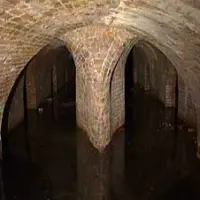

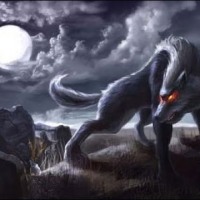
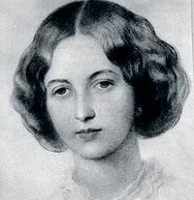
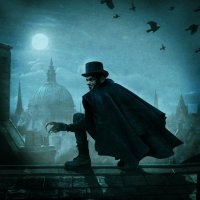
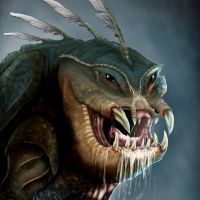
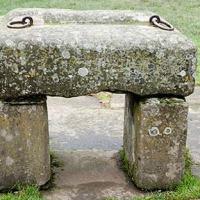
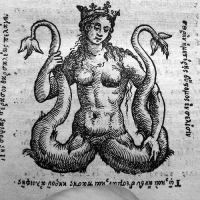


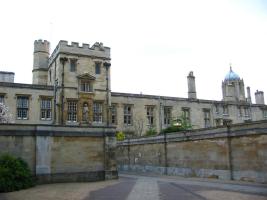


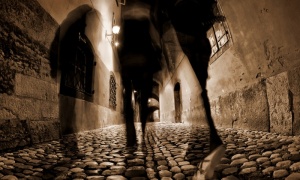


Leave a comment